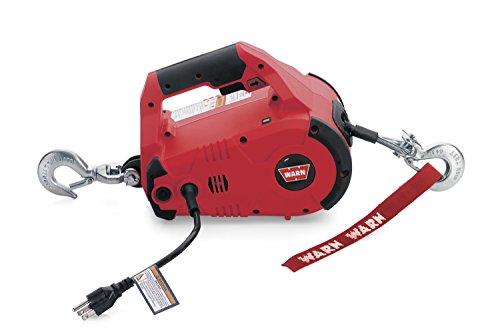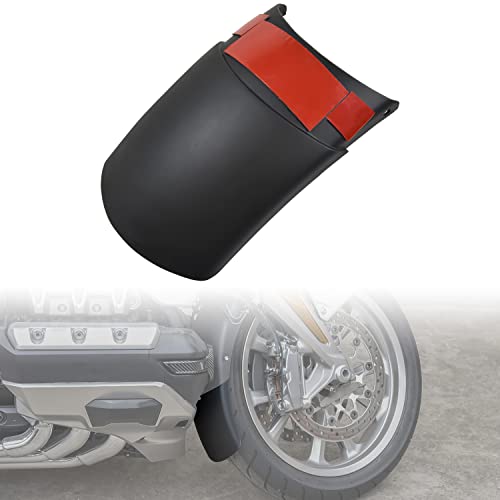Been mulling this issue over for a while. There are a lot of older GW ignition systems converted to the C5 units (no longer available), or some other electronic ignition system.
The question is why. Because we can is one answer, perception is that it is better - possibly, modernizes our ride, and other personal/non-personal reasons.
Thought of doing this to my '65 Plymouth Fury years ago. Mentioned this to my father and he emphatically said NO. Reason being is that you can jury rig a points/condenser ignition system to get home or to somewhere to get it fixed, but an electronic ignition when it dies requires a tow truck. Have viewed and read many vintage car threads about this and this has been mentioned.
The C5 units were and still are popular, but thinking the development of aftermarket electronic ECU type systems for ignition and/or fuel control has made this unique product not economically feasible anymore. Mind you, the backyard mechanic DIY aspect that we enjoy is quickly becoming more difficult.
Question to the collective, good idea or not? Parts are becoming more scarce, and eventually an alternative solution may need to be found depending on how long you keep your ride, and for others following in our footsteps.
My thinking is that if you are keeping to original - a vintage officianado, keep the original system. If you are going to upgrade use an aftermarket ECU configuration that you can tailor to your needs, expand if so desired, and has the ability to use various non-OEM components to meet your needs. The C5 system brought electronic style ignition to the non-electronic GW world - it addressed a need by the GW world, and is a great product.
Throwing this out there as a discussion item.
Cheers
The question is why. Because we can is one answer, perception is that it is better - possibly, modernizes our ride, and other personal/non-personal reasons.
Thought of doing this to my '65 Plymouth Fury years ago. Mentioned this to my father and he emphatically said NO. Reason being is that you can jury rig a points/condenser ignition system to get home or to somewhere to get it fixed, but an electronic ignition when it dies requires a tow truck. Have viewed and read many vintage car threads about this and this has been mentioned.
The C5 units were and still are popular, but thinking the development of aftermarket electronic ECU type systems for ignition and/or fuel control has made this unique product not economically feasible anymore. Mind you, the backyard mechanic DIY aspect that we enjoy is quickly becoming more difficult.
Question to the collective, good idea or not? Parts are becoming more scarce, and eventually an alternative solution may need to be found depending on how long you keep your ride, and for others following in our footsteps.
My thinking is that if you are keeping to original - a vintage officianado, keep the original system. If you are going to upgrade use an aftermarket ECU configuration that you can tailor to your needs, expand if so desired, and has the ability to use various non-OEM components to meet your needs. The C5 system brought electronic style ignition to the non-electronic GW world - it addressed a need by the GW world, and is a great product.
Throwing this out there as a discussion item.
Cheers



















































